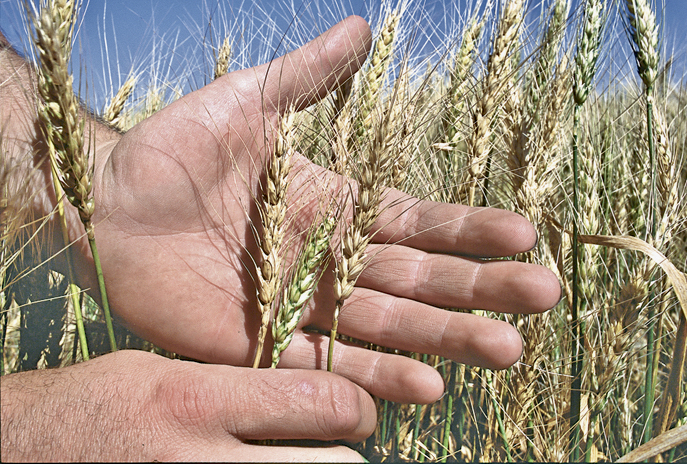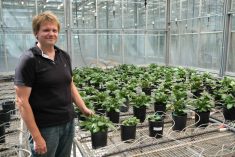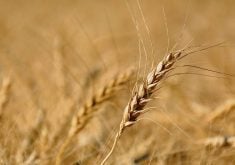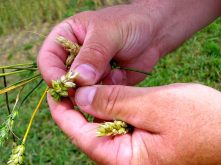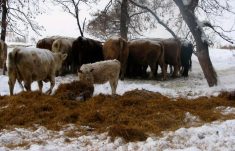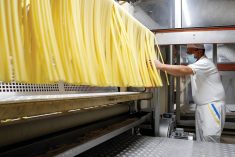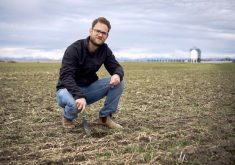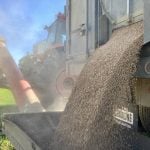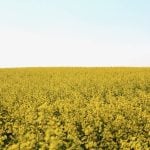Last summer’s drought drove down fusarium head blight levels across the province.
But it’s still lurking, and increasingly that’s happening in parts of the province that have been spared in the past.
“This year, just over five per cent of samples that we’re testing from Alberta have been positive for fusarium graminearum,” said Trevor Blois, disease diagnostician at 20/20 Seed Labs.
“In all the counties where we have historically seen fusarium graminearum — which is almost every county in Alberta at this point — we’re still seeing it in the occasional sample, but a really low percentage of samples are testing positive, and the samples that do test positive are usually a pretty low average per cent of infection.”
That’s a “pretty big decrease” from the fusarium levels of the last two years, he said.

“Last year, 15.8 per cent of samples tested positive, and in 2019, we hit a peak with almost 20 per cent of samples testing positive,” he said. “This year is close to what we saw in 2017 and 2018, which were both around that five per cent mark.”
Like other crop diseases, fusarium head blight is closely tied to the environment, so it’s not a surprise that levels dropped during such a dry year.
“The majority of diseases flourish in really wet conditions, so when it’s really dry, disease isn’t as much of an issue. There’s a pretty close correlation,” said Blois. “Last summer was pretty dry, so that had a huge impact on disease levels, of course.”
Read Also
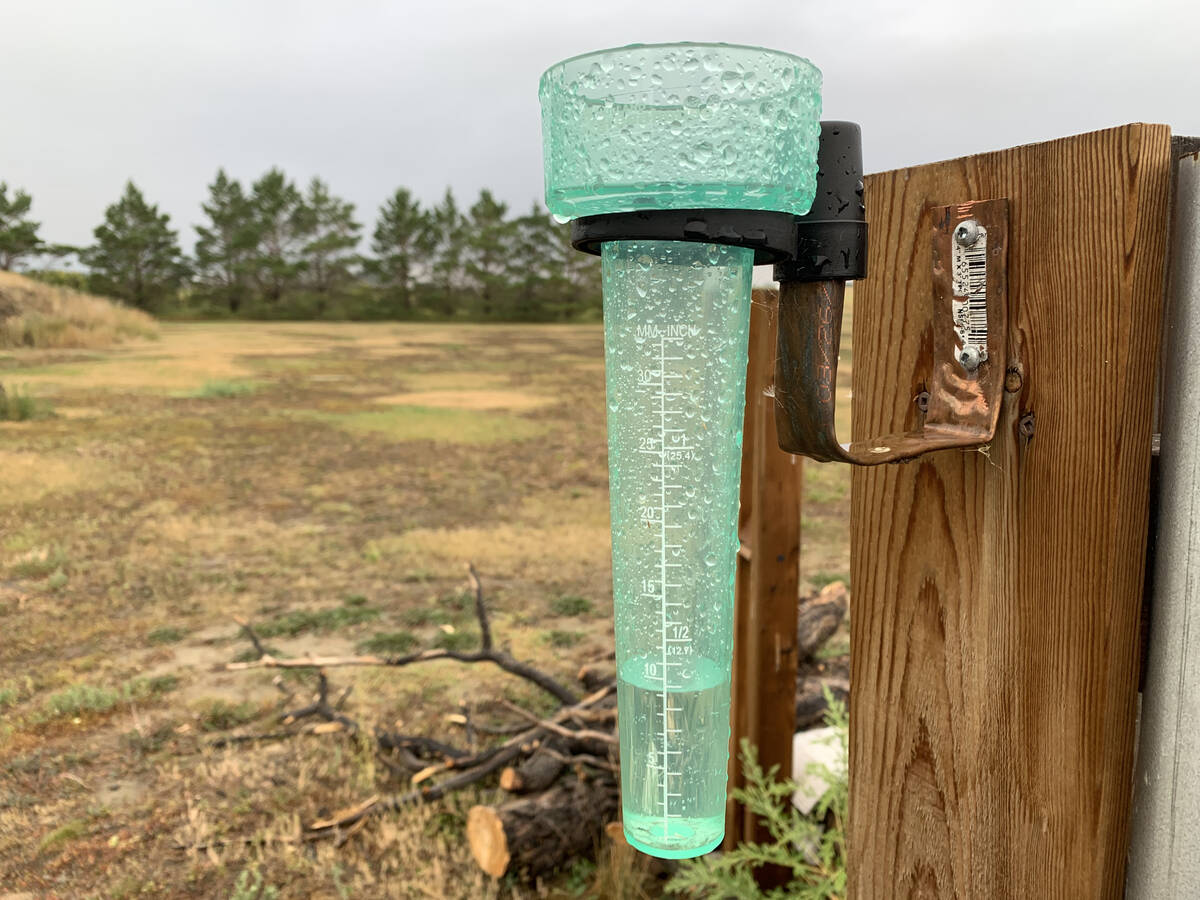
Western B.C., parts of Prairies received drought relief in October
Drought monitor for Western Canada for October
But despite the lower levels in 2021, Blois saw a slight shift in the geographical distribution of fusarium head blight.
“Prior to 2016, southern Alberta was really the hot spot,” he said. “That was where we first saw fusarium graminearum showing up in the province. But since then, the rest of the province has caught up and the distribution is broader.
“The last few years, east of Edmonton has been the area where we’ve been seeing the most positive samples, especially along the Saskatchewan border.”
There has also been a small uptick in the level of fusarium in northern Alberta, where seed growers led the fight against removing fusarium from Alberta’s Agricultural Pests Act in 2020.
“Over the past couple of years, we have been seeing it more consistently in the north, but it’s always been a really low number of samples that test positive from up there,” said Blois. “This year, we haven’t had any. With the drier conditions, the inoculum that was there was not able to infect the crop in 2021.”
That bodes well for the 2022 growing season.
“This will help to decrease the amount of inoculum across much of the province. If there’s not a whole lot of infected stubble out there, you’re not going to have nearly the chance of it infecting future years.”
Even so, Alberta is just one wet year away from another jump in fusarium levels.
“It really depends on what next summer’s weather is going to be, and that’s difficult to predict,” said Blois. “If it turns out to be really dry again, it will be similar to this year, but if it’s wet, I wouldn’t be surprised if we see it shoot back up again.”
But the good news is that, because fusarium levels were lower last year, there’s a better chance of finding fusarium-free seed — something that has been in short supply over the past few years.
“If you test your seed and it comes out positive at a high level, I would recommend looking at an alternative seed source, since most of the seed that was grown this year will be clean,” said Blois.
“This is a good opportunity to decrease the overall amount of fusarium that’s present in your fields.”

